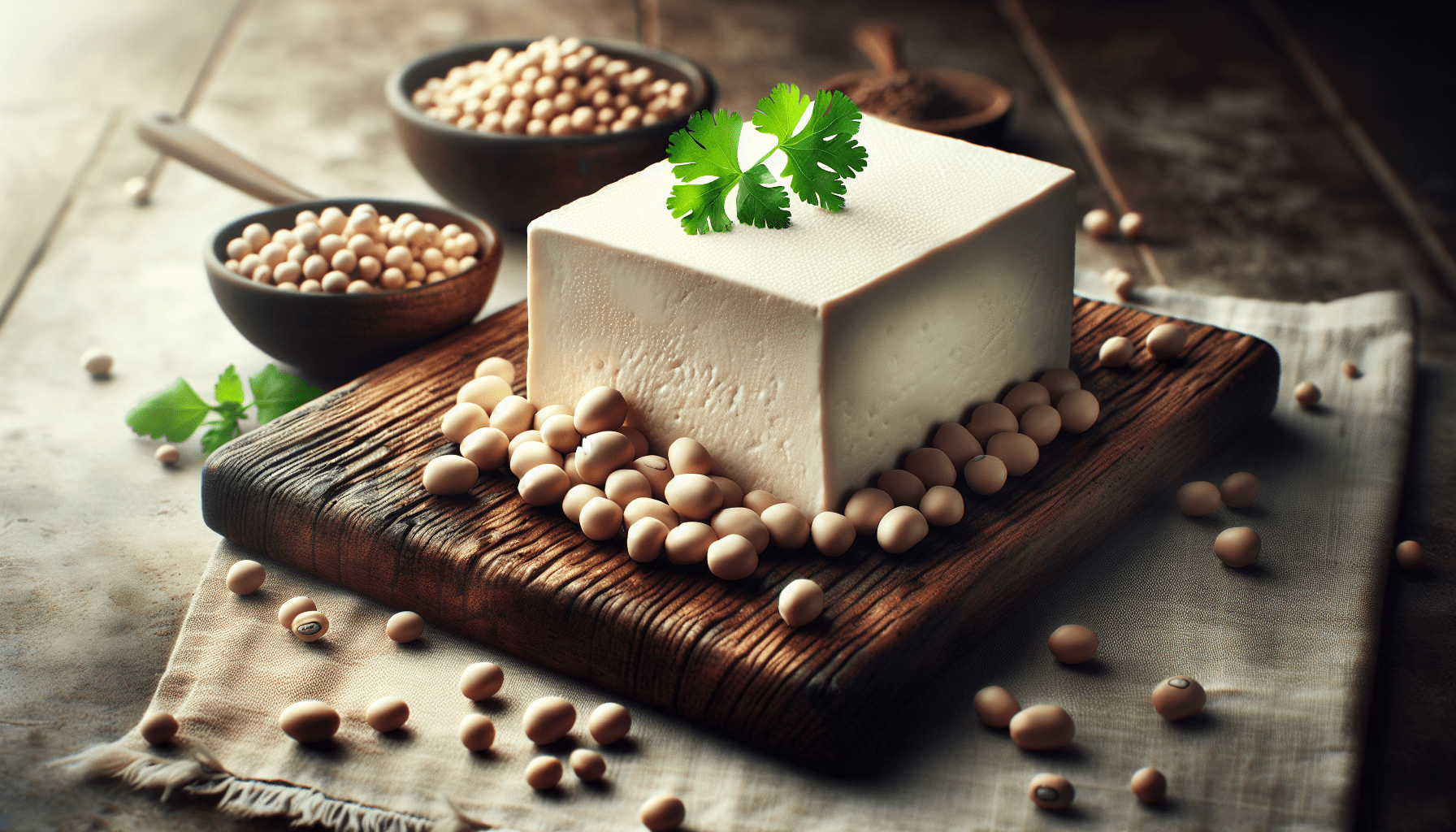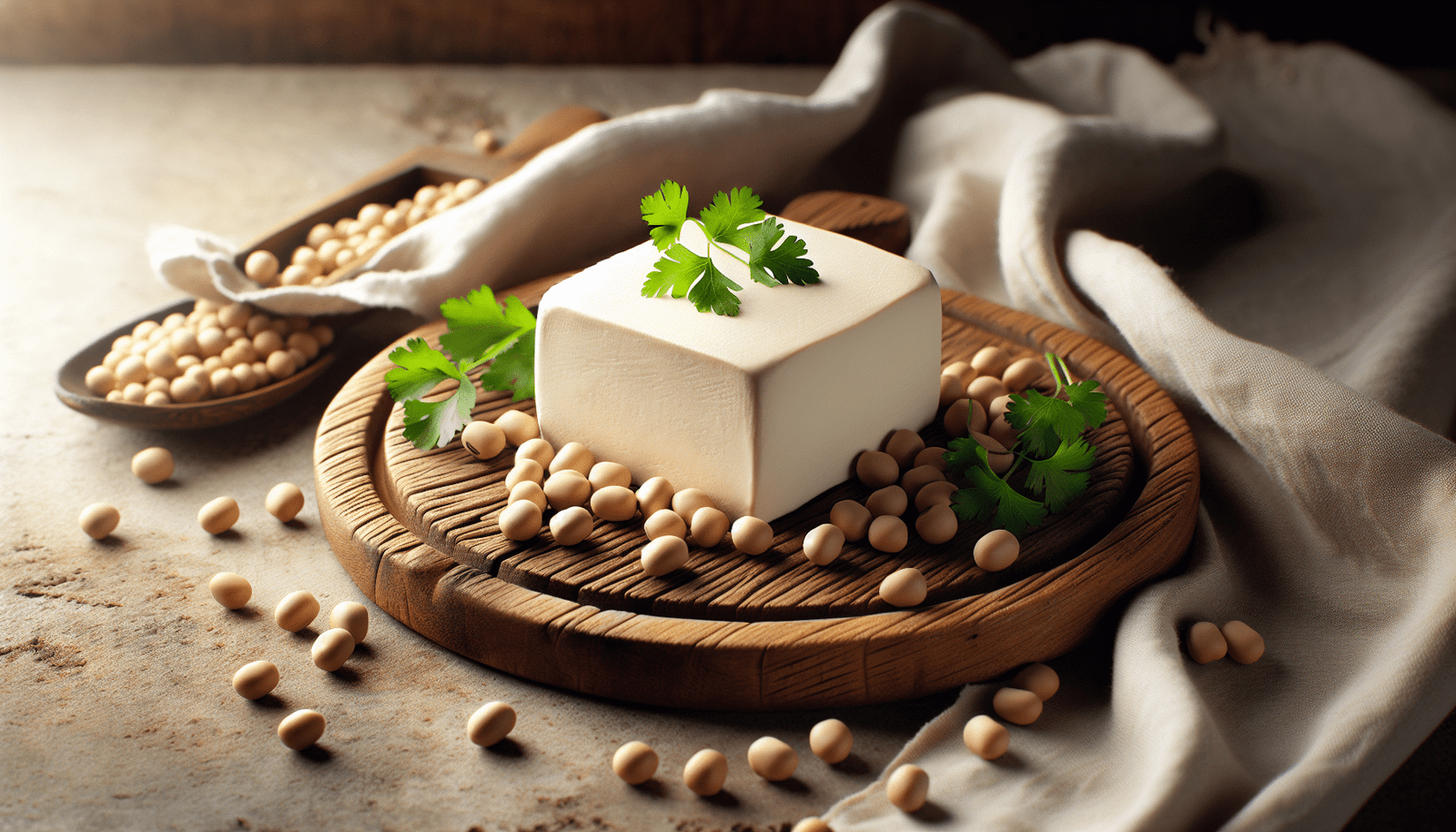Have you ever wondered about the nutritional content of the foods you eat, especially when it comes to vegan protein sources like tofu and soy products? You’re not alone. If you’re incorporating tofu and soy into your diet, it’s essential to understand their oxalate content and what that means for your health.

What Are Oxalates?
Oxalates are naturally occurring compounds found in many foods, including plants. They can bind with minerals, such as calcium, in your body, forming compounds like calcium oxalate. This can be a concern for some individuals, particularly those who are prone to kidney stones. Understanding oxalates can significantly influence your dietary choices.
Most people don’t need to worry about oxalate intake, but if you have a history of kidney stones or your healthcare provider has advised you to watch your oxalate consumption, this information is vital for you.
Tofu: A Closer Look
Tofu is a versatile food made from soybeans. It’s a staple in many vegetarian and vegan diets, praised for its protein content and adaptability in various dishes. However, the oxalate content in tofu is something you may want to consider.
Types of Tofu
Tofu comes in different varieties, each with different textures and uses. The primary types include:
- Silken Tofu: This has the highest water content and is often used in smoothies and desserts.
- Soft Tofu: Slightly firmer than silken, soft tofu is great for soups and scrambles.
- Firm Tofu: This type holds its shape well and is excellent for stir-fries.
- Extra-Firm Tofu: With the lowest water content, extra-firm tofu is perfect for grilling or frying.
Each type has a distinct oxalate content, and it’s worth noting how they compare when considering your overall dietary plan.
Oxalate Content in Tofu
The oxalate level in tofu can vary. Generally:
- Silken Tofu: Low in oxalates.
- Soft Tofu: Slightly higher but still considered low to moderate.
- Firm and Extra-Firm Tofu: These typically contain moderate levels of oxalates.
If you are concerned about oxalate consumption, opting for silken or soft tofu may be a better choice, as they tend to have a milder impact on your overall intake.
Soy Products: Beyond Tofu
Tofu is just one product in the vast world of soy. Let’s break down some other common soy products you might be consuming:
Tempeh
Made from fermented soybeans, tempeh is nutritionally dense. It’s high in protein, fiber, and nutrients. The fermentation process can also break down some oxalates, making tempeh a more gut-friendly option. However, it still contains moderate levels of oxalates, so balancing it within your diet is important.
Edamame
These young soybeans are often eaten as a snack or added to salads. Interestingly, edamame has a low oxalate content compared to mature soy products. Enjoying them in moderation can provide health benefits without significant oxalate concerns.
Soy Milk
Soy milk is a popular dairy alternative and is made by soaking and grinding soybeans. The oxalate levels can vary depending on the preparation method. Commercial versions often have lower oxalate content than homemade, mainly because of processing. If you’re reaching for soy milk, aim for brands that are low in added sugars and stabilizers.
Miso
This fermented soy product adds depth and flavor to dishes, but it’s also a source of oxalates. However, as with tempeh, fermentation can reduce the oxalate levels significantly. It can be a flavorful addition to your diet when consumed in moderation.
Soy Protein Isolate
Often found in protein powders and supplements, soy protein isolate can have higher oxalate levels than whole soy products. If you rely on these supplements for your protein intake, it’s wise to check the specific brand’s nutritional information.
How Oxalates Affect Your Health
Understanding how oxalates interact with health is crucial, especially for individuals with certain conditions.
Kidney Stones
For those who have experienced kidney stones, oxalates are a primary dietary consideration. Calcium oxalate stones are the most common type, and high oxalate intake can promote their formation. If you fall into this category, moderating your soy and tofu intake and consulting with a healthcare professional can help you manage your risk.
Nutrient Absorption
Oxalates can bind with calcium and other minerals, potentially hindering nutrient absorption. If you consume a high-oxalate diet, your body might not absorb calcium as effectively, which can contribute to bone health issues over time. Balancing your intake is essential to ensure you’re getting the nutrients your body needs.
Overall Nutritional Impact
While the oxalate content in tofu and soy is worth considering, it’s also crucial to recognize the benefits these foods provide. Tofu and soy products are excellent sources of protein, vitamins, and minerals. They offer a multitude of health benefits, including promoting heart health and supporting muscle maintenance.

Balancing Oxalates in Your Diet
If you’re worried about the oxalate content of tofu and soy products, there are several strategies you can employ to create a balanced diet.
Moderation is Key
The first step is to practice moderation. While it’s essential to be aware of oxalate levels, completely eliminating these foods from your diet isn’t necessarily the answer. Enjoy soy products in balance with low-oxalate foods, which are abundant in fruits, vegetables, and whole grains.
Hydration Matters
Staying well-hydrated is vital for kidney health, particularly if you’re concerned about kidney stones. The more fluid you consume, the more diluted your urine will be, which can help prevent stone formation. Drinking adequate water can also support overall health.
Pairing Foods Wisely
Consider pairing high-oxalate foods with calcium-rich foods to reduce oxalate absorption. For instance, if you’re having a tofu stir-fry, adding broccoli or almonds can provide calcium while balancing your meal.
Consult with a Professional
If you have specific health concerns related to oxalate intake, seeking guidance from a dietitian or healthcare professional is always a smart move. They can help you tailor your diet to meet your health needs while minimizing any potential risks.
Conclusion
The oxalate content of tofu and soy products is just one aspect of a larger nutritional picture. Understanding how oxalates interact with your body can help you manage your health effectively. Remember, it’s all about balance. These plant-based protein sources offer remarkable benefits and can be part of a healthy, varied diet.
So next time you enjoy a delicious tofu stir-fry or sip on some soy milk, you’ll feel informed and confident in your choices, ensuring that your meals are both nutritious and satisfying. Whether you’re new to plant-based eating or a seasoned pro, keep these insights in mind to make the best decisions for your health and well-being. You’ve got this!

